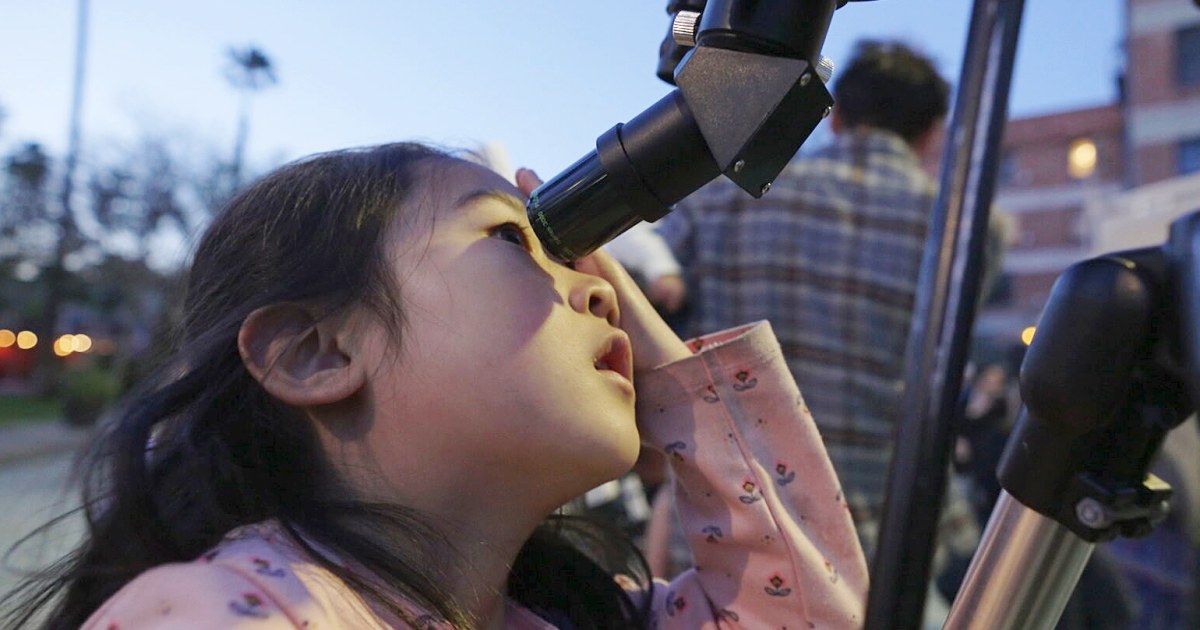
Neutron Star Collisions
Neutron star collisions occur when two neutron stars, which are incredibly dense remnants of supernova explosions, come into close proximity and eventually merge. These collisions release an enormous amount of energy in the form of gravitational waves, electromagnetic radiation, and heavy elements such as gold and platinum. The study of neutron star collisions is important for understanding the behavior of matter under extreme conditions, the origin of heavy elements in the universe, and the properties of gravity. Neutron star collisions are also of interest for their potential to be used as cosmic laboratories for testing fundamental physics theories, such as the nature of gravity and the equation of state of matter at extreme densities.
Your Previous Searches
Random Picks
- Adaptive Optics: Adaptive Optics is a technology used in space and astronautical engineering to improve the performance of optical systems by reducing the effects of atmospheric distortion. It works by measuring the distortion caused by the atmosphere and t ... Read More >>
- Grayscale: Grayscale is a method of representing images or signals in which each pixel is represented by a single value indicating only the brightness or luminance of the pixel, without any color information. In space and astronautical engineering, gr ... Read More >>
- Transmission Line: In space and astronautical engineering, a transmission line is a specialized cable or waveguide used to transmit electrical power or signals from one location to another. It is commonly used in spacecraft and satellites to transfer power an ... Read More >>
Top News

Easter's date remains divisive. Some church leaders want that to change...
Eastern and Western churches will celebrate Easter on the same day this year, while marking 1,700 years since the Council of Nicaea unified Christian doctrine...
News Source: ABC News on 2025-04-19

In a city of stars, Los Angeles astronomy club makes sure to keep looking up...
LOS ANGELES — While Los Angeles is home to the biggest stars in the world, a monthly get-together is proving that the city’s rich and famous have nothing on the universe....
News Source: NBC News on 2025-04-18

This week on "Sunday Morning" (April 20)...
A look at the features for this week's broadcast of the Emmy-winning program, hosted by Jane Pauley....
News Source: CBS News on 2025-04-17

Scientists detect strongest hints yet of life on a distant planet...
Scientists have detected unique chemical patterns similar to those produced by the Earth's algae and seaweed — raising the possibility of the presence of a warm ocean, perhaps teeming with life, on ...
News Source: NBC News on 2025-04-17

Is there life on another planet? Scientists find the strongest evidence yet...
Near a planet far, far away astronomers have found traces of chemicals that on Earth are only produced by living beings....
News Source: Al Jazeera English on 2025-04-17